All tires will need to be replaced eventually. On top of having an expiration date, tires also wear down as you use them. Most people need to replace their tires before they are technically “old” due to tread loss, which can be dangerous.
Bald tires cannot grip the road appropriately, which can lead to accidents. Plus, in many areas, there are laws surrounding how much tread you need on your tires.
Of course, replacing a tire can be expensive. Tires themselves are costly, and the cost of labor also has to be taken into account. Before you make an appointment to get your tire changed, take a look at the pricing guide below.
Because this maintenance is so costly, many people are tempted to put it off for as long as possible. However, driving around on tires with little tread can be dangerous—and end up costing you thousands more in an accident. Plus, many areas have laws that make it illegal to drive on tires with less than a certain amount of tread.
In these areas, you can get in legal trouble (including jail time) if your tires cause an accident. In many cases, it can be punishable as reckless driving even if the tires don’t cause an accident.
Worn tires cannot easily grip the road, which can reduce your ability to stop and cause slipping. Furthermore, they are also more likely to blow out while driving which can be extremely dangerous. Many of the deadly accidents on the road are caused by tire blowouts, after all.
Therefore, it is vital that you regularly change your tires. Otherwise, you may end up in an accident.
Image Credit: Eugen_Tomas, PixabayPrices of tires vary widely. There are many factors out there that affect tire price.
Firstly, different car models have different tire needs. Trucks need different tires than compact cars, which will affect the price. Generally, the bigger the tire, the more expensive it is, but there are exceptions to this rule.
Performance tires will be more expensive than “just enough” tires. You can get tires that are designed to work better in certain weather conditions, off-road, or on performance vehicles. Usually, you can choose whether to purchase budget tires or something a bit more expensive.
Here is a list of car types and the average price of tires you’ll need for them:
On top of actually purchasing the tires, you also have to pay someone to put the tires on your car. Sometimes, you will be able to do this yourself. However, when you’re replacing many tires, you’ll also need to balance them. This can be challenging to do without a full mechanic shop. Without balancing, the tire may wear down strangely, which can lead to you needing to change your tires sooner rather than later.
If you get your tire changed at an auto shop, they generally lump putting the tire on (and balancing them) into the cost of the tire. Therefore, you won’t actually find yourself needing to pay that much more for the mechanic to put the tire on.
When the store does charge extra for putting the tire on, it is usually a low rate. $25 to $50 is normal, though this can vary depending on your location.
Image Credit: stux, PixabayTires have about a 6-year lifespan max. Even if the tire looks brand new, you’ll need to change them at 6 years, as the rubber begins to break down at this point. The tire may look okay, but it will not be nearly as strong as a newer tire.
With that said, most people have to change them much more frequently. Regular driving can wear down the tires until there is not enough tread yet to maintain grip. At this point, you’ll need to change your tire even if it is only a couple of years old.
There are many ways that you can determine the tread level on your tires, which will help you figure out if it is time to change them. In most areas, the minimum tread level is 2/32 of an inch. However, you typically want to change your tires a bit before they reach this level to ensure that you aren’t driving around with the tread too thin.
In most areas, the minimum tread level is 2/32 of an inch. However, you typically want to change your tires a bit before they reach this level to ensure that you aren’t driving around with the tread too thin.
Usually, insurance does not pay for tires since it is a maintenance issue and not an accident. However, if you hit something and bust your tire, it may be covered as an accident. It all depends on what the definition of “accident” is, if there was anyone else involved, and the type of car insurance.
For instance, if you hit a pothole and damage your tire, it may be covered under collision insurance. Individual coverage does vary, though, which is why it is vital to review your plan before you sign up.
If your tires are stolen, you may be covered under comprehensive insurance (if you have it). You’ll need to look and see if the coverage includes theft and other non-crash situations. Sometimes, slashing tires also fall in this category. Often, it is counted in the same category as falling trees and hail.
Often, it is counted in the same category as falling trees and hail.
With that said, no car insurance covers the usual wear and tear. If you’re just replacing your tires because they have been worn down, then you’ll need to cover the cost yourself.
Image Credit: Hans, PixabayThere are quite a few things you can do to make your tires last longer:
 Therefore, it is vital that you get them realigned every few months. Otherwise, patterns of uneven wear will develop.
Therefore, it is vital that you get them realigned every few months. Otherwise, patterns of uneven wear will develop.While it can be a costly expense, changing the tires on your car is vital. Otherwise, you can end up with tires that don’t grip properly and are more prone to blowouts. In the end, driving with old, worn tires is simply unsafe (and in many places, it is also illegal).
Your best bet is to save up and plan on changing your tires every 80,000 miles or so. Your driving habits and regularity of car maintenance will change this estimate, however. The type of tire also matters. For instance, performance tires tend to be softer to provide more grip, but they also wear down faster.
Luckily, the tires themselves will be your biggest expense. Paying someone to put them on isn’t actually that expensive. In fact, it is sometimes included with the price of the tire.
Sources
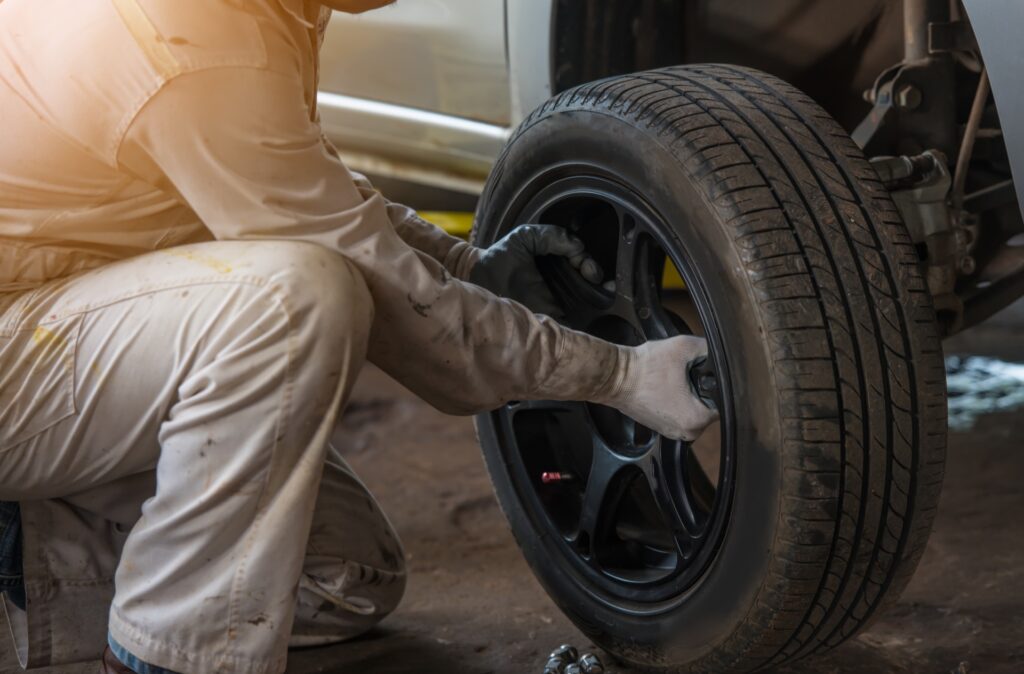
Featured Image Credit: Counselling, Pixabay
Contents
At some point, every car requires new tires. Since you want to budget accordingly, it’s important to know how much does it cost to replace your tires?
In this guide, we cover the varying factors that influence the new tire price. We also give you a few tips that may help you save some money.
How Much Do New Tires Cost?A new set of four tires will usually cost you between $400 and $1500, depending on the type of tire, vehicle, quality and where you get them installed. If you choose cheap tires, you may be able to spend $50 each, but on some vehicle types, you can easily spend $1500 or more on a new set of tires.
If you choose cheap tires, you may be able to spend $50 each, but on some vehicle types, you can easily spend $1500 or more on a new set of tires.
Now that we have the quick answer to the general cost of new tires, let’s take a closer look at the factors that affect the cost.
Factors Affecting Cost to Replace Your Tires1. Tire SizeThe biggest factor affecting your expense will be the size of the tire you need. You can find tires in all sizes, meant for a multitude of purposes. If you have a compact car, you will have the cheapest tires available, maybe even $50 each.
Of course, high-performance cars, large pickup trucks, specialty off-road vehicles, and SUVs will naturally cost more. A good rule of thumb is that the larger the tire is, the more you can expect to pay for it.
2. BrandThere are just as many tire brands as there are sizes. Many tire shops specialize in one budget brand and carry a multitude of name brands.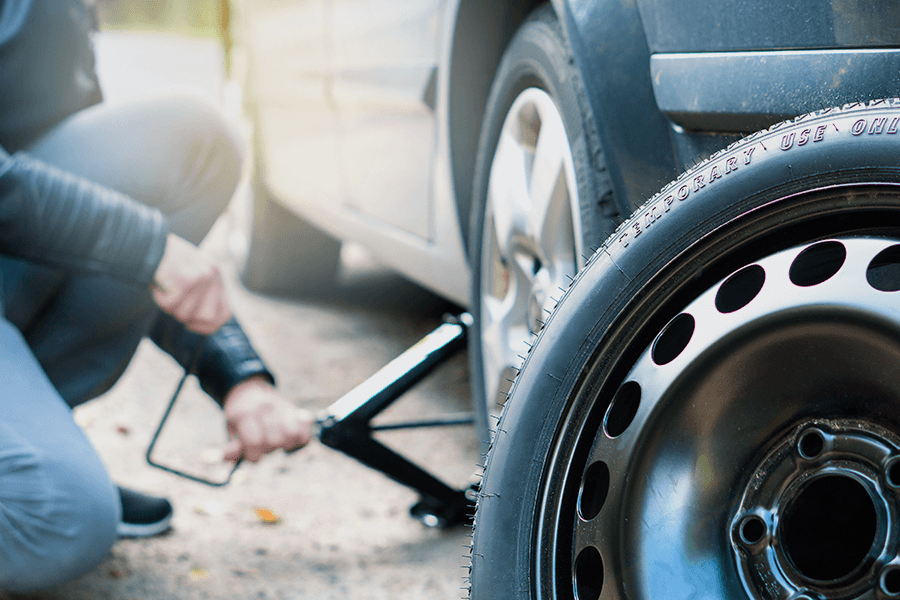
You will spend far less to go with the no-name brand, but you need to think about the quality. After all, if you save money today by choosing this brand, does it really pay off if you have to replace the tires again prematurely? You may also get a much longer mileage warranty with quality tires, than with inexpensive tires.
If you choose a premium tire brand such as Michelin, Continental, Goodyear, Bridgestone, you will of course pay much more, but you know that you will get quality tires that last a long time and keep your vehicle on the road.
RELATED: 6 Worst Tire Brands to Avoid Buying
3. Installation CostMost tire shops do not make a lot of money on the tire installation. The job itself doesn’t take long and the price can often be included with the cost of the tires.
On average, you can expect most shops to tack on about $20-$40 per tire for the installation. However, if you visit a warehouse club, that expense could be even less.
You don’t get to leave your old tires with the shop without paying a price. These shops must pay to have them recycled, so that cost gets passed down to you.
On average, the tire disposal fees will be between $2 and $10 per tire to dispose of them. If you would rather save this money, you can get rid of them yourself.
5. Road Hazard/Warranty ProtectionOn top of the regular price paid for your tires, you may choose to add some extra warranty protection. With road hazard protection, you are covered if your tires get a hole or blow out.
However, you must be careful who you choose to get road hazard through. Not all companies are going to follow through on the agreement, leaving you paying for protection that doesn’t matter when something actually goes wrong.
6. Wheel AlignmentWhen your new tires are installed, you will need to get a wheel alignment. Having properly aligned tires ensures that they last as long as possible.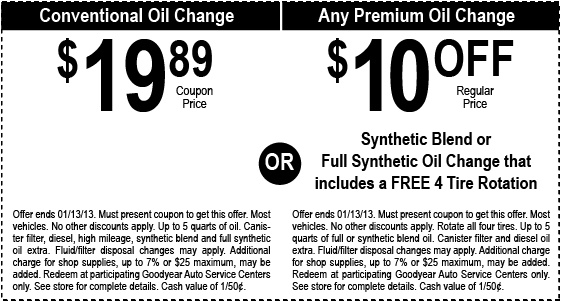
You might pay between $75 and $200 to have the wheels aligned, depending on how many need to be done. However, this money can be seen as an investment, ensuring that your tires continue to provide reliable transportation.
How to Save Money on Tires1. Shop AroundThe most important factor is shopping around. You can call one location and get a price on a particular set of tires and the cost is completely different somewhere else, even though they are the same tires.
When you are shopping around, keep a couple of costs in mind. You will have the cost of the tires, the cost of installation and any fees that the company charges. Ask for the “out the door” price, so you can compare it apples-to-apples.
RELATED: How Much Do Rims Cost?
2. Watch for SalesYou can get a great deal if you shop during a sale. Of course, it’s not always convenient to wait for the next sale, but if you have some time before the tires need to be changed, this is a great way to save.
Throughout the year, tire shops will offer various sales. You can take advantage of a Buy 3, Get 1 Free deal or enjoy a certain percentage off. Most tire sales correspond with holidays, so you can tell when one might be around the corner.
3. Take Advantage of RebatesTire shops don’t often make a whole lot on the tire, so discounts can be limited. However, the manufacturers are happy to offer rebates throughout the year.
Most of the rebates are through the mail but can be found online. Additionally, the tire shops have the inside scoop on what’s available, so be sure to ask.
4. Ask about TakeoffsIt’s not always wise to purchase used tires, but the takeoff is something entirely different. These tires were installed brand-new and only used for a couple of days before the customer decided they didn’t want them.
It could be that the client didn’t appreciate the ride or simply decided they wanted something better. Either way, the tire shop will offer the replacement tires at a discounted price, so be sure to ask what’s available, especially if you use a popular tire size.
Either way, the tire shop will offer the replacement tires at a discounted price, so be sure to ask what’s available, especially if you use a popular tire size.
If you live in a cold climate where a lot of snow falls, you might have two sets of tires. Most people in these regions use summer and winter tires. With two sets of tires, you have a lot more money out, especially every time you need to have them switched.
If you aren’t actually driving in the snow, it might be better to use all-season tires throughout the year. While these aren’t going to get you through deep snow, there’s no sense spending more for something you don’t need. Evaluate your options and see if you can stick to using one set all year long.
RELATED: 10 Best All-Season Tires – Review & Buyer’s Guide
The lifespan of a tire will depend on the type of tire, the type of driving you do, and the climate. Generally, tires last between 50,000 and 80,000 miles and 6 years. If you drive a lot in city traffic and brake a lot or live in a hot climate, your tires may wear out sooner. If you often drive around with low tire pressure or a bad wheel alignment, they may also wear down sooner.
Generally, tires last between 50,000 and 80,000 miles and 6 years. If you drive a lot in city traffic and brake a lot or live in a hot climate, your tires may wear out sooner. If you often drive around with low tire pressure or a bad wheel alignment, they may also wear down sooner.
If your tire tread depth is close to 2/32” or under, it’s definitely time to replace them. Most tire manufacturers recommend replacing tires every 6 years, regardless of the number of miles driven. This is because tire rubber degrades over time, even if the tires are not used. Tires that are more than 6 years old should be inspected by a professional to determine if they are safe to use.
If your car is two-wheel-drive, it’s fine to replace two tires on the same axle instead of four, although you need to consider that your car will handle differently with two new tires than with four. If you are replacing two tires, it is best to put the new or best tires on the rear axle, as this will improve traction and stability.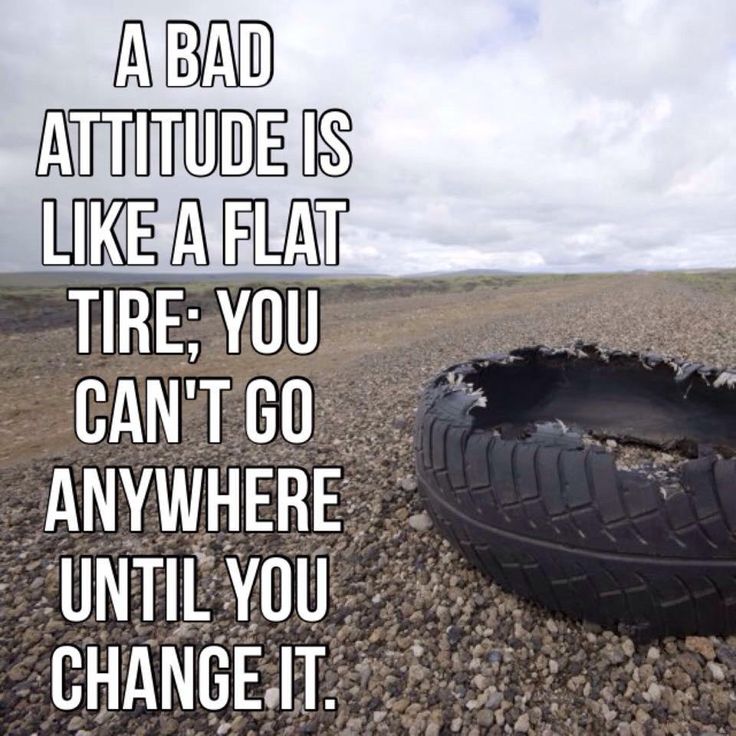
On many 4WD and AWD cars, however, the diameter of the tires must match, otherwise, you can damage the transmission or the differential. Therefore, it is recommended to replace all four tires on 4WD cars, and it’s a requirement for many car brands like BMW and Audi.
You need to read the tire dimensions on your old tires and take them to the tire shop. You can also call your authorized dealer or check your owner’s manual if the wheels are stock.
90,000 how much it costs to re -take a carVictoria Umanets
26, 2020
November 26, 2020
, Since there are no legal norms at what time to do this. And although we are not promised snow yet, I would not recommend waiting for it in order to change the shoes of your car. It is a bad idea. After all, on a slippery road it is very easy to lose control of the car. And then you have to go to the service station not only to replace tires, but also to repair the body. nine0013
nine0013
Everyone knows that it's time to change tires when the average daily temperature has reached 7 degrees. It was then that summer tires no longer “work”. It is very dangerous to ride them. So how much does it cost to change a car in 2020? How much will you have to pay for replacing summer tires with winter ones in Kyiv, Dnipro, Lvov, Vinnitsa, Zaporozhye and other cities of our country. From this article you will find out the prices in each region.
Pick up tires and rims for car
Usually, car owners turn to tire fitting when they have one set of wheels and two sets of tires. That is, the tires need to be reboarded. This procedure implies that the tire fitting worker will remove the summer kit and put on the winter one. It also needs to be balanced. This is standard procedure. It happens that even the disks need some kind of repair or cleaning. You will have to pay extra for this separately. If you only stopped by to “change shoes”, be prepared to spend about 40 minutes of your time. True, if you come by appointment. On a first-come, first-served basis, time can stretch for several hours. nine0013
True, if you come by appointment. On a first-come, first-served basis, time can stretch for several hours. nine0013
Is there a price difference depending on the tire diameter?
Yes. I will give statistics on the example of Vinnitsa car services. Having taken an interest in prices, I can say that on average it turns out like this:
Statistics given for passenger cars - tire change on light alloy wheels (R16) plus balancing.
By the way, the price also depends on the class of the car. For SUVs, SUVs, minivans will be more expensive. It turns out that the larger the car and the size of the wheels itself, the more expensive. But from the type of disks - casting or steel - the price practically does not change. If your tires are on steel rims, the price remains either the same, or the difference fluctuates around minus 20-50 hryvnia.
Below on the chart you will see the prices in the regional centers of Ukraine. They are average for passenger cars on alloy wheels (R16). That is, you need to understand what can be a little cheaper or a little more expensive. There are cities that stand out with the highest prices. But in principle, plus or minus is the same throughout Ukraine. nine0013
Somehow, unexpectedly for me, it turned out to be the most expensive thing to wear a winter set in Lviv and Zhytomyr - 500 UAH and 490 UAH, respectively. Khmelnitsky also stood out - 460 UAH, Kyiv - 450 UAH, Dnipro - 430 UAH. The cheapest is in Chernihiv - 340 UAH and Sumy - 350 UAH. However, see for yourself:
| City | Price (UAH) |
| Vinnitsa | 380 |
| Dnipro | nine0058 430|
| Zhitomir | 490 |
| Uzhgorod | 360 |
| Zaporozhye | 370 |
| Ivano-Frankivsk | 380 |
| Kyiv | 450 |
| Kropivnitsky | 360 |
| Lviv | 500 |
| Lutsk | 360 |
| Nikolaev | 370 |
| Odessa | 410 |
| Poltava | 360 |
| Rivne | 400 |
| Sumy | 350 |
| Ternopil | 370 |
| Kharkiv | 400 |
| Kherson | 380 |
| Khmelnitsky | nine0058 460|
| Cherkasy | 370 |
| Chernivtsi | 400 |
| Chernihiv | 340 |
When calling service stations, some immediately offered discounts or some related services. For example - a 20% discount on air conditioning maintenance in the spring, if they have their tires rebuilt now. And several tire shops said they could keep the winter tires for storage. In Vinnitsa, it costs about 100 UAH per month for 4 wheels without discs. Very handy if you have nowhere to store them at home. Because storage conditions are very important. It must be dry and clean. Tires must be laid in the correct position so that they do not experience uneven pressure and do not deform during downtime. And before that, they need to be washed and dried. nine0013
For example - a 20% discount on air conditioning maintenance in the spring, if they have their tires rebuilt now. And several tire shops said they could keep the winter tires for storage. In Vinnitsa, it costs about 100 UAH per month for 4 wheels without discs. Very handy if you have nowhere to store them at home. Because storage conditions are very important. It must be dry and clean. Tires must be laid in the correct position so that they do not experience uneven pressure and do not deform during downtime. And before that, they need to be washed and dried. nine0013
Pick up tires and rims for car
Well, friends, I hope the information was useful for you. If so, please like. I would like to know how much it costs to replace tires on wheels in your city. After all, I really hope that you have already done this. Share with us in the comments.
I liked the article - put "like", if you have any questions - write in the comments and we will answer them. Share the article with your friends and subscribe to the email newsletter from AUTOMARKET. nine0013
Share the article with your friends and subscribe to the email newsletter from AUTOMARKET. nine0013
With best wishes, AUTOMARKET - convenient for the motorist
Tags
articles
:
2 will share
Previous article
TOP Article
Subscribe to the discount of discounts and recommendations
Subscribe to the discounts of discounts and recommendations
We See in us in the Automarket
Auto products and accessories on AUTOmarket
Join the community →

Price list for repair of oversized tires
R
Through cuts
side
| size L / H | 23. | 26.5R25 | 29.5R25 | R33 | R35 | R39 |
| to 130/28 | 10 600 | 13800 | 16,000 | 19 200 | 20 500 | 24700 |
| to 165/50 | 12600 | 16 200 | nine0058 22400 | 25,000 | 26600 | |
| to 200/75 | 16,000 | 19 200 | 23400 | 25 600 | 29 800 | 33,000 |
| to 230/95 | 19400 | 23 200 | 25,000 | 30 800 | 36600 | nine0058
Damage curing: up to 130/28 - 2000; up to 165/50 - 3,000; up to 200/75 - 4,200; up to 230/95 - 5400.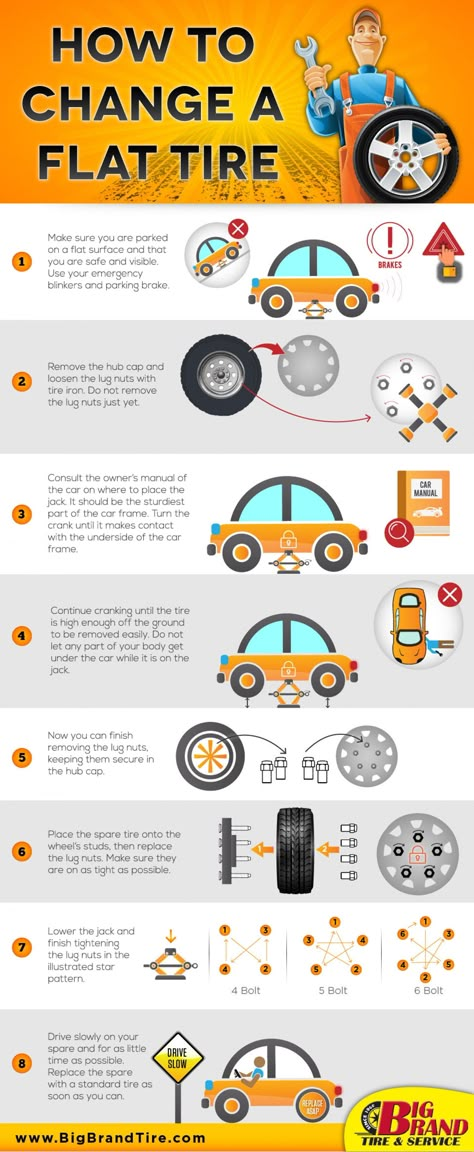
shoulder
| to 215/120 | 19 200 | 25600 | 32 000 | 36400 | 42 800 | 48 200 |
Damage vulcanization - 3000
running
| to 30 | 11 200 | 14 300 | 14400 | 16500 | 18700 | 22800 |
| to 50 | 13 100 | 15600 | 17 100 nine0061 | 20 600 | 25 100 | 26600 |
| to 70 | 15,000 | 18 200 | 22400 | 25600 | 35 800 | 32,000 |
| to 90 | 17900 | 23400 | 25 900 | 28400 | 35 900 | 37400 nine0061 |
Damage vulcanization: up to 30 – 3200; up to 50 - 4,600; up to 70 - 5,000; up to 90 - 6 400.
KGS- D
plies 18 to 28
| size | _________ R 25 ___________ R 25/29 R 33 R 35 R 39 18-23.5 26.5 29.5 | |||||
| to 70 | 8800 | 10 200 | 11600 | 13,000 | 14400 | 15800 |
| to 90 nine0061 | 10 700 | 12600 | 14500 | 16400 | 18300 | 22 200 |
| to 110 | 13 100 | nine0382 15 600 | 19 100 | 19600 | 22 100 | 25600 |
| to 130 | 16400 | 20 800 | 25 200 | 27400 | 32800 | 40 200 |
Damage vulcanization: up to 70 - 2000; up to 90 - 3,000; up to 110 - 4,200; up to 130 - 5 400.
plies 32 to 42
| to 70 |
| 15,000 | 19,000 | 22,000 | 25,000 | 30,000 |
| to 120 | 19400 | 25 200 | 27,000 | 31 800 | 50 600 | |
| to 170 | 25700 | 30 600 | 34500 | 38400 | nine0058 ||
| to 220 | 30,000 | 36,000 | 41,000 | 48,000 | 70,000 |
Damage vulcanization: up to 70 - 3200; up to 120 - 4 600; up to 170 - 6,000; up to 220 - 7 400.